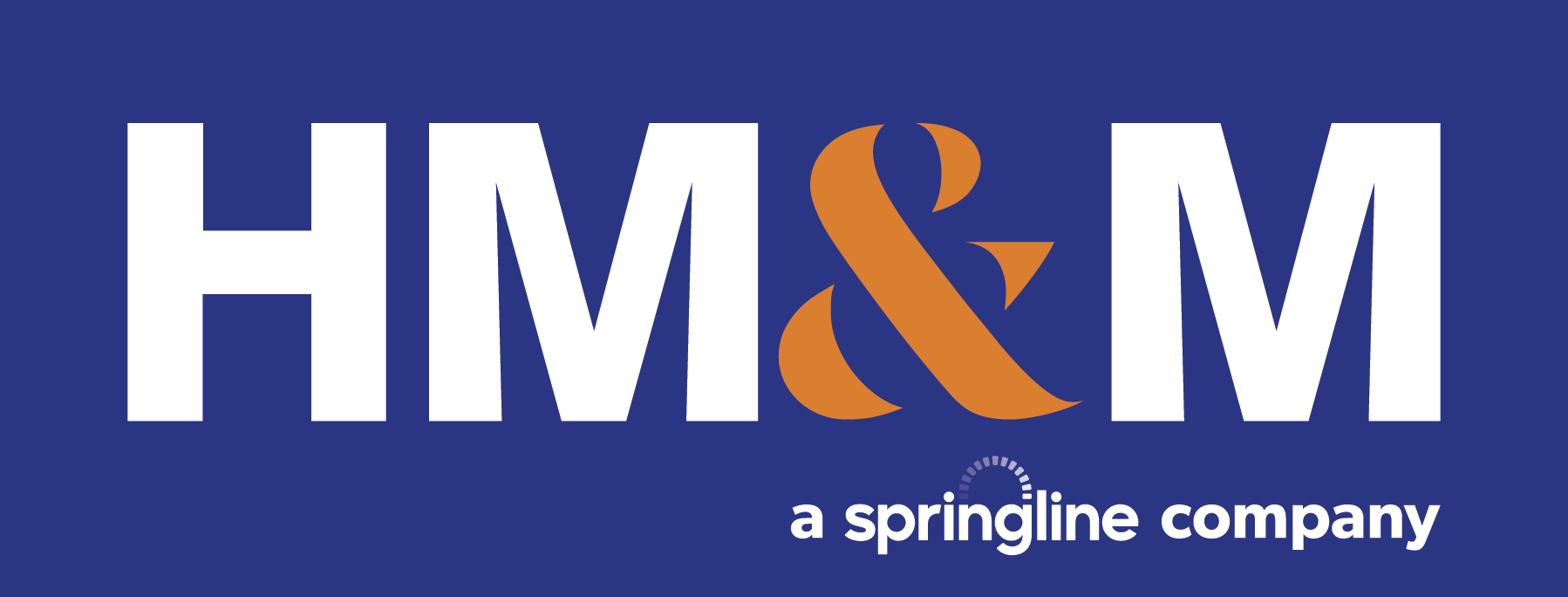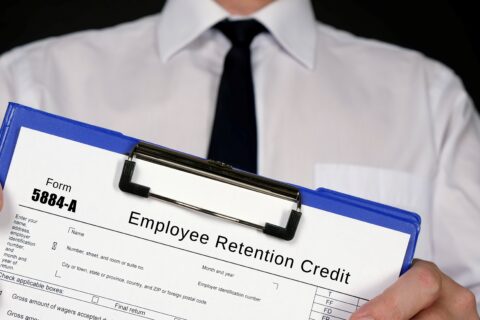Recent court rulings and tax reform legislation has an impact on family office expense deduction. The lack of definition and bright-line test determining “trade or business activities” means that we must carefully consider the distinct facts and circumstances of each family office.
Background
Tax reform legislation on December 22, 2017, suspended miscellaneous itemized deductions under IRC Section 212. IRC Section 212 allowed taxpayers to deduct expenses incurred for the production or collection of income to the extent such expenses exceeded 2 percent of the taxpayer’s adjusted gross income. IRC Section 162, on the other hand, has not been suspended and continues to permit taxpayers to deduct ordinary and necessary expenses paid during a given taxable year in carrying on a trade or business. Consequently, a family office that is found to be engaged in a trade or business can continue to deduct expenses related to the family office. Notably, on December 13, 2017, the U.S. Tax Court released its opinion in Lender Management, LLC v. CIR, and held that Lender Management carried on a trade or business within the meaning of IRC Section 162.
Is a Family Office a Trade or Business under IRC Section 162?
There is no definition of “trade or business” in the tax code. Instead, we are left to analyze a client’s facts on a case-by-case basis. The U.S. Supreme Court’s holding in Higgins v. CIR, 312 US 212 (1941) stands at one end of the spectrum. In that case, the court held that the management of one’s own investments generally does not give rise to a trade or business. The U.S. Tax Court’s holding in Lender stands at the other end of the spectrum. The tax court found that the activities of Lender Management, a family office that managed investments for several generations of the same family, gave rise to a trade or business.
Learn more about our family office services
What was the difference? While there continues to be no bright-line test for determining the existence of a trade or business, we’ve highlighted below some differentiating facts from each case.
Higgins v. CIR
The taxpayer held extensive investments in real estate, bonds, and stocks, and devoted a considerable amount of time managing investments and hired others to assist in that effort. The Internal Revenue Service conceded that the real estate activities were a trade or business and therefore permitted the claimed deductions allocable to that activity. In dispute was the deduction for those expenses incurred for managing taxpayer’s stocks and bond portfolio.
During the years in question, the taxpayer’s investment affairs were coordinated through an office maintained in New York. The taxpayer’s primary residence, however, was in Paris, France where a second office was maintained. “The offices kept records, received securities, interest and dividend checks, made deposits, forwarded weekly and annual reports and undertook generally the care of the investments as instructed by the owner. Purchases were made by a financial institution. [Taxpayer] did not participate directly or indirectly in the management of the corporations in which he held stocks or bonds.”
The taxpayer argued that the regular and continuous nature of the activities differentiated them from that of a small investor. The Service countered that “mere personal investment activities never constitute carrying on a trade or business, no matter how much of one’s time or of one’s employees’ time they may occupy.” Ultimately, the court was not persuaded by the taxpayer’s argument and found that the regularity of an activity does not, in and of itself, give rise to a trade or business.
In its ruling, the court further held that there was no trade or business where a taxpayer “merely kept records and collected interest and dividends from his securities, through managerial attention for his investments.”
Lender Management, LLC v. CIR
Lender Management, LLC was owned by Keith Lender with a 99-percent interest, and Marvin Lender’s trust with a 1-percent interest. Lender Management, LLC directed the investment and management of assets owned by three investment LLCs, which were owned individually by members of the Lender family or by trusts for the benefit of children, grandchildren, and great-grandchildren of the Lender family. Most of the family members who invested in the investment LLCs were not owners of Lender Management, LLC. Keith Lender indirectly owned small interests in the investment LLCs (no more than 17.1-percent during any tax year).
Lender Management, LLC was structured using a profit-based model. The operating agreement of the investment LLCs permitted Lender Management, LLC to hold the exclusive right to direct the business affairs of the investment LLCs. The members of the investment LLCs could withdraw their investments at any time, subject to liquidity constraints. Lender Management, LLC received a profits interest in each of the investment LLCs in exchange for the services it provided the investment LLCs and their members.
Lender Management, LLC provided investors of the investment LLCs with one-on-one investment advisory and financial planning services. Lender Management, LLC held annual business meetings for all clients in the investment LLCs. While Lender Management, LLC engaged outside experts, Lender Management, LLC exercised ultimate authority over the investment LLCs and did not always follow the advice of the outside experts.
The tax court found that Lender Management, LLC was engaged in a trade or business, and as such, was entitled to deduct its expenses under IRC Section 162.
Hellmann v. CIR
Also in the family office trade or business foray, is Hellman v. CIR, a case brought before the tax court but ultimately settled out of court. GFM LLC, the family office at the center of Hellmann, differs from Lender in that GFM LLC is managed by four family members who are the sole owners of GFM LLC and of all the underlying investment partnerships through various trusts.
While we don’t know how the tax court might have ruled, prior to the settlement, the court issued an order calling for additional factual development. In its ruling, the tax court found that several factors are indicative of a family office trade or business including:
- The manner in which the family office is compensated for its services.
- The nature and extent of the services provided by the family office employees.
- The relative amounts of expertise possessed and time devoted by family office employees versus outside investment managers and consultants.
- The individualization of investment strategies for different family members with differing investment preferences and needs.
- The proportionality (or lack thereof) between the share of profits inuring to each family member in his or her capacity as an owner of the family office and the share of profits inuring to that same individual in his or her capacity as an investor in the managed funds.
Each of these factors weighed heavily in the tax court’s decision in Lender. Of note, the court in Hellmann highlighted some facts differentiating the case before them from Lender. Specifically, GFM LLC managed assets for only four family members, fewer than the Lender family office managed assets for, and each of those family members were close to each other geographically and personally. The investors in Lender were geographically dispersed and not all on speaking terms with each other. Further, all the owners in GFM LLC were also investors in the underlying investment partnerships. In fact, each of the four owners in GFM LLC owned a 25 percent profits interests, the same proportionate ownership they held in the underlying investment partnerships.
Insight
Upon review of the court rulings, we examine several considerations. Most notably, in Lender, Keith Lender wasn’t primarily engaged in personal investment activities like the taxpayer in Higgins. Keith merely had a small indirect interest in the investments managed by Lender Management, LLC. Instead, Lender Management, LLC managed investments for multiple generations of the Lender family with its primary objective to earn the highest return on those assets it was managing.
Moreover, unlike the taxpayer in Higgins, Keith was operating Lender Management, LLC to earn a profit. Lender Management, LLC received carried interests as compensation and engaged in activities comparable to that of a hedge fund manager. This is contrary to a typical family office structure that operates on a reimbursement model.
Further, Lender Management, LLC had a bona fide service relationship with its investors, which included several generations of the Lender family. Investors were able to withdraw funds at any time, investment choices were driven by the needs of the investors, and Keith Lender met regularly with investors to discuss their cash flow needs and risk tolerance.
Contact UsLatest News
On June 9, the IRS released Announcement 2022-13, which modifies Notice 2022-3, by revising the optional standard mileage ...
At the tail end of 2021, the Internal Revenue Service (IRS) released new Schedules K-2 and K-3 effective ...
This information is current as of Sunday, November 21, 2021. On Friday, November 19, 2021, after the Congressional ...
HM&M Updates
Dallas, TX – Aug. 7, 2024 – HM&M, a Springline company (HM&M), a leading CPA firm with four ...
DALLAS, Dec. 11, 2024 – Springline Advisory, a trailblazing financial and business advisory firm, is proud to announce its partnership ...
Last month, Senior Manager, Pearl Balsara was invited to speak at the 2023 FPA DFW Annual Conference in ...










